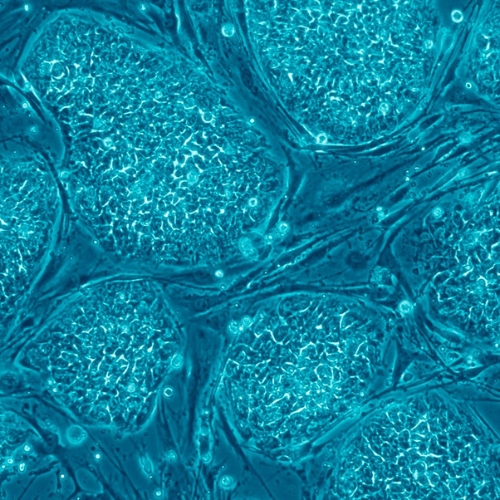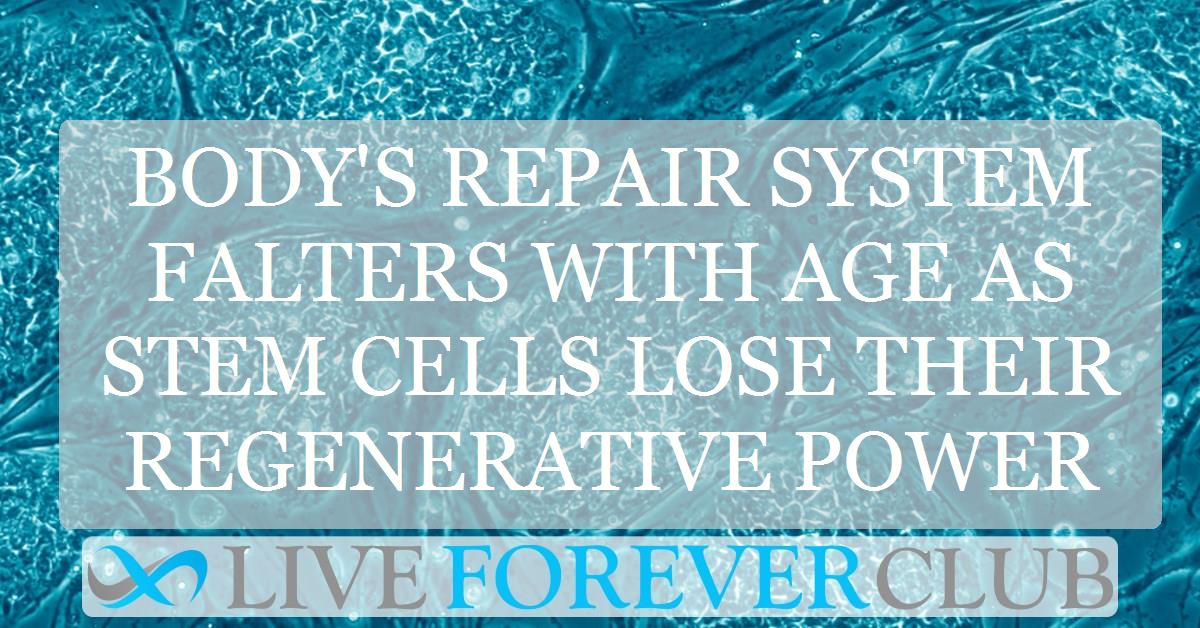As humanity delves deeper into the 21st century, the quest to understand and potentially mitigate the aging process has taken on new urgency. Aging, characterized by a gradual decline in physiological function, is the primary risk factor for major human pathologies, including cancer, diabetes, cardiovascular disorders, and neurodegenerative diseases.
Central to this biological conundrum is the role of stem cells, the architects of tissue regeneration and repair. These remarkable cells harbor the power to replenish themselves and give rise to various cell types, ensuring the maintenance and health of our tissues and organs.
However, as we age, stem cells' regenerative abilities decline, a phenomenon that is thought to contribute significantly to the aging process and the onset of age-related diseases. This article explores groundbreaking research that quantifies this decline in stemness—the core property defining a stem cell's potential to renew and repair tissues—across human tissues with age.
By leveraging advanced machine learning algorithms on extensive human tissue data, scientists have begun to unravel the intricate dance of aging, offering new insights into how we might one day turn back the clock on this inevitable biological process.
The importance of stem cells
At the heart of every organ and tissue in the human body lies a small, yet powerful cadre of cells known as stem cells. These cells are the keystones of the body's repair system, endowed with the unique capability to divide and differentiate into various cell types, and more importantly, to self-renew, thus maintaining a steady pool of regenerative power throughout an individual's life.
The implications of this ability are profound. Stem cells not only orchestrate the repair and regeneration of damaged tissues but also play a pivotal role in maintaining the normal turnover of cells in tissues like the skin, blood, and intestinal lining, which experience constant wear and tear.
However, the aging process introduces a gradual but inevitable decline in the functional capacity of stem cells. This deterioration manifests as a decrease in the stemness of cells, leading to compromised tissue repair and regeneration. As stem cells lose their vigor, the consequences for the organism are far-reaching.
The failure to efficiently repair and replace damaged cells contributes significantly to the decline in tissue function that characterizes aging, underpinning the development of age-related diseases and conditions. Understanding the mechanisms behind the decline in stem cell function with age is therefore of paramount importance, not only for unraveling the mysteries of aging but also for identifying potential interventions that could delay or reverse age-related tissue deterioration.
A revolutionary approach to studying aging
Employing advanced machine learning techniques, researchers have now quantified the decline in stem cell potency, or "stemness," across human tissues. This approach offers an unprecedented window into the molecular changes that accompany aging.
This monumental study scrutinized transcriptome data from an extensive collection of 17,382 healthy human samples, meticulously curated to represent a wide age range from 20 to 79 years. The objective was to pierce through the complexity of aging and discern its impacts across the diverse tapestry of human tissues.
The study utilized a sophisticated machine learning methodology to sift through the transcriptome data and assign a stemness score to each sample. This innovative approach leveraged the power of computational algorithms to decipher complex patterns in the data, identifying the molecular signatures that signify stemness.
These scores ranged from 0, indicating a low regenerative capacity, to 1, representing the highest stemness level. This scoring system enabled researchers to perform a comparative analysis of stemness across various tissues, revealing how the regenerative potential fluctuates with age.
Covering an array of 30 different tissues, the analysis was broad and inclusive, encompassing a variety of organs and systems within the human body. From vital organs like the heart and liver to the skin and blood vessels, the study provided a panoramic view of how aging permeates through different tissues, affecting their regenerative prowess.
This comprehensive approach allowed for a nuanced understanding of aging, highlighting the universal decline in stemness with age while also uncovering tissue-specific variations in the aging process.
This study represents a significant leap forward in aging research, offering new insights into the molecular underpinnings of aging and laying the groundwork for future interventions aimed at enhancing tissue regeneration and extending human healthspan.
By quantifying the decline in stemness across a wide array of tissues, researchers have illuminated a critical aspect of aging, opening up new avenues for combating age-related decline and improving quality of life as we age.
Discoveries on the Decline of Stemness
The findings reveal a striking, widespread reduction in stemness with age. This decline was observed across nearly all studied tissues, highlighting a universal aspect of human aging.
Intriguingly, the uterus presented an increase in stemness with age, suggesting that some tissues may follow unique aging trajectories. This exception opens new avenues for understanding tissue-specific aging processes.
Further analysis showed that stemness positively correlates with cell proliferation but negatively with cellular senescence. These relationships underscore the complex interplay between stem cell activity, tissue renewal, and aging.
The implications of stem cell decline
This pan-tissue decrease in stemness suggests that the loss of regenerative capacity is a key player in the aging process. By impairing tissue repair and renewal, diminished stem cell function may pave the way for aging and disease.
The study hints at various potential mechanisms behind the decline in stemness, including epigenetic changes. Understanding these underlying processes is crucial for developing interventions to counteract age-related tissue deterioration.
The research opens up several promising directions for further study, such as investigating the role of hormones and inflammation in stemness. Additionally, exploring genetic factors that influence stem cell function could lead to personalized aging interventions.
This study not only advances our understanding of aging at the molecular level but also sets the stage for developing strategies to maintain stemness and tissue health into old age. By targeting the mechanisms that lead to stem cell decline, we may one day be able to combat aging and extend human healthspan.
Despite the excitement, several challenges remain. The study's correlational nature means causal relationships are still to be determined. Moreover, translating these findings into therapies will require overcoming significant hurdles, from identifying targetable pathways to ensuring treatments are safe and effective.
The decline in stemness across human tissues marks a significant advance in our understanding of aging. As research progresses, the dream of reversing or preventing age-related decline through stem cell rejuvenation becomes increasingly plausible. This study not only illuminates the path of aging but also offers hope for extending the vitality of human life.
The study was led by João Pedro de Magalhães from University of Birmingham and is published in Aging.








